Spanish Cuisine, Spain, a country celebrated for its rich history, diverse culture, and stunning landscapes, is equally renowned for its cuisine. Spanish food is a celebration of bold flavours, fresh ingredients, and a deep connection to regional traditions. From the sizzling pans of paella to the savoury bite of jamón ibérico, Spanish cuisine offers a delectable journey through a tapestry of regional specialities and culinary heritage. In this exploration, we’ll delve into the exquisite world of Spanish gastronomy, uncovering the dishes, ingredients, and traditions that make it a true culinary treasure.
A Tapestry of Regional Cuisine:
One of the most remarkable aspects of Spanish cuisine is its regional diversity. The country is divided into various autonomous regions, each with its own unique culinary traditions. This regional variety is a result of Spain’s history, which has seen the fusion of indigenous ingredients with those introduced by the Romans, Moors, and later, explorers returning from the New World.
The Heart of Spanish Cooking: Olive Oil:
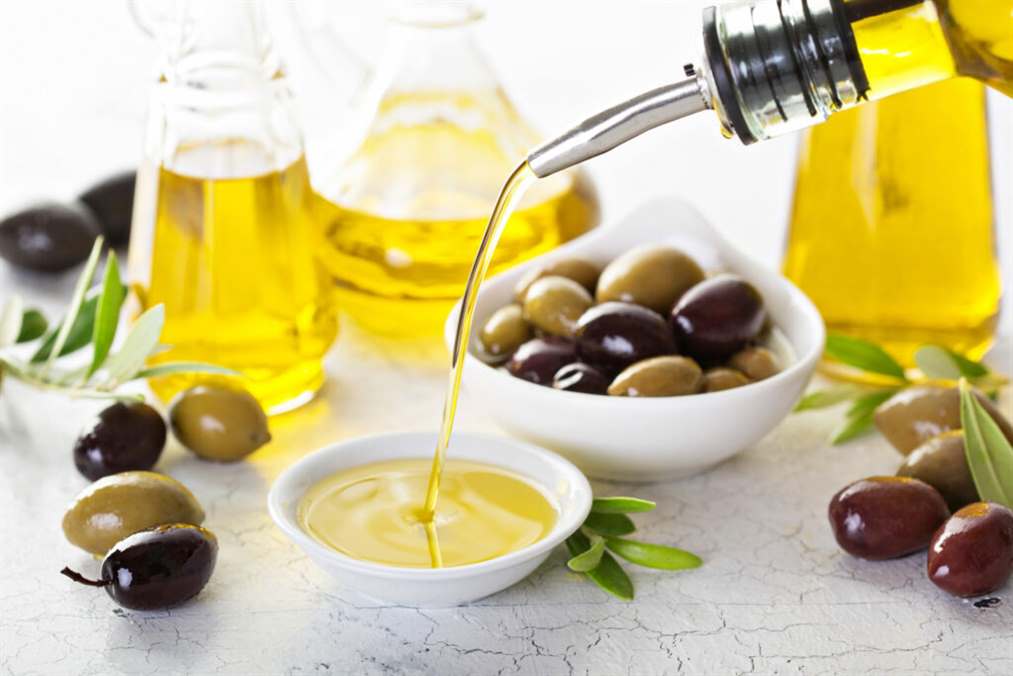
At the core of Spanish cuisine is olive oil. Spain is the world’s largest producer of olive oil, and its high-quality extra virgin olive oil is used in virtually every aspect of cooking. From sautéing vegetables to drizzling over bread, olive oil imparts a distinctive, fruity flavour to many Spanish dishes.
Tapas: Small Bites with Big Flavor:
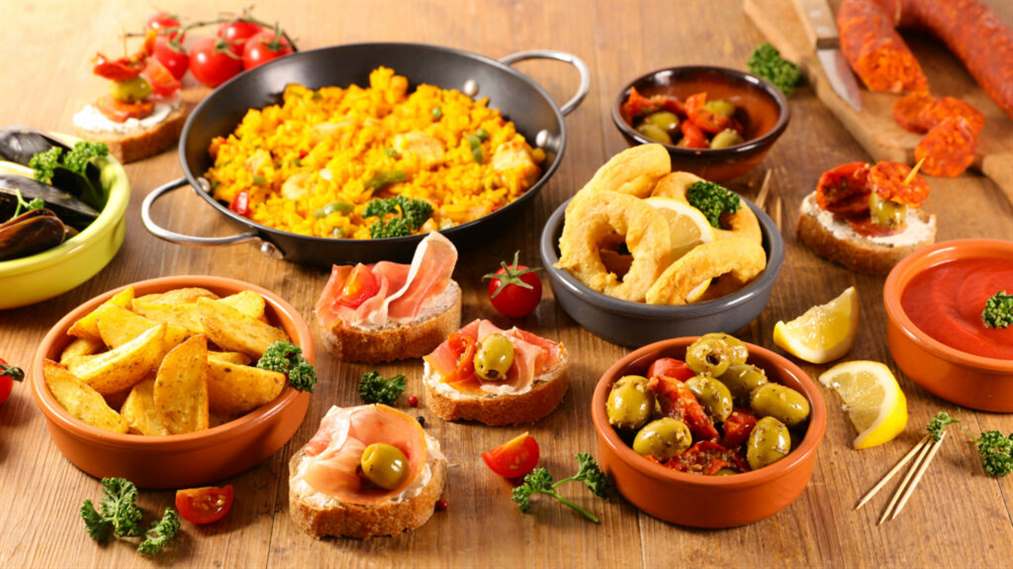
Tapas are a beloved Spanish tradition that involves enjoying a variety of small, flavorful dishes alongside drinks like wine, sherry, or vermouth. These small bites can range from olives, almonds, and slices of ham to more elaborate creations like croquetas, patatas bravas (fried potatoes with spicy tomato sauce), and gambas al ajillo (garlic shrimp). Tapas offer a delightful way to explore the diverse flavours of Spanish cuisine.
Paella: The Iconic Rice Dish:
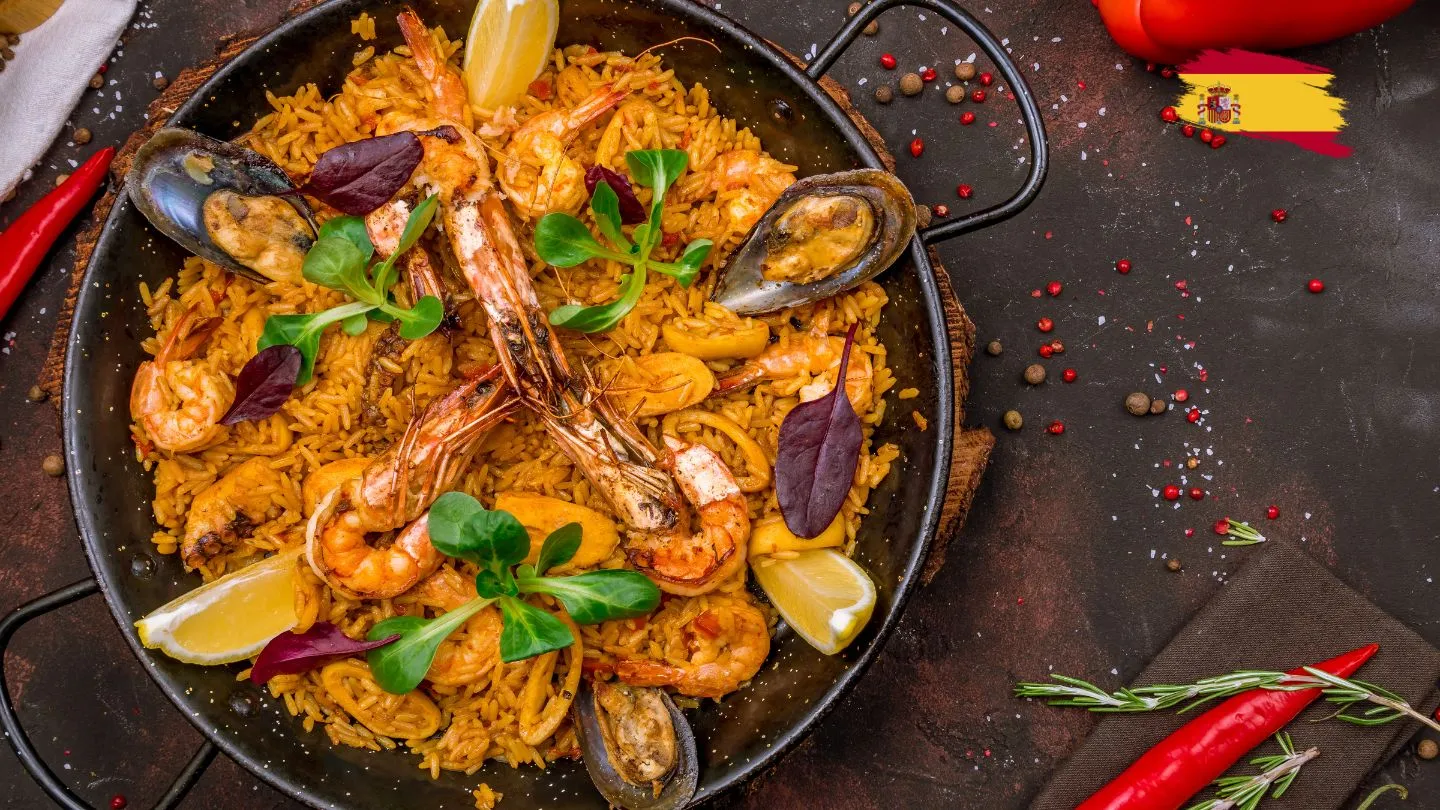
No discussion of Spanish cuisine is complete without mentioning paella. Originating from the Valencia region on the east coast, paella is a saffron-infused rice dish cooked with a variety of ingredients. The most famous version is paella Valenciana, which typically includes chicken, rabbit, and snails. Seafood paella, with ingredients like shrimp, mussels, and calamari, is another popular variation. Each region in Spain has its own unique spin on paella, making it a dynamic and colourful dish.
Flavours of the Mediterranean: Seafood:
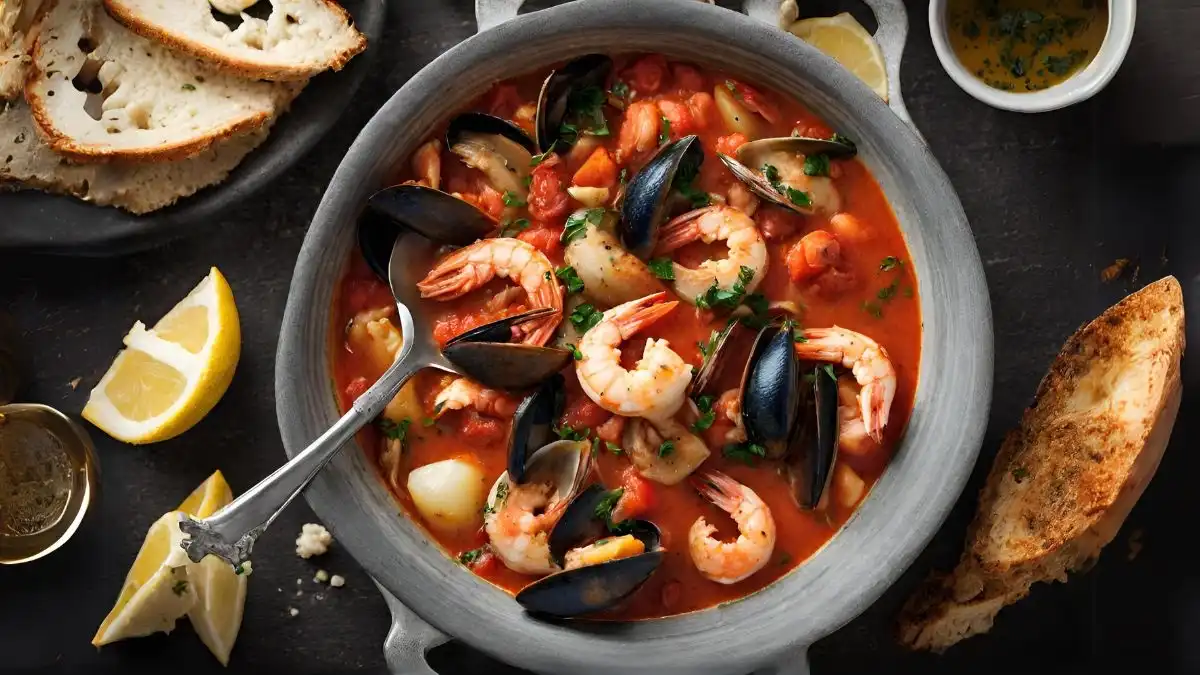
Spain’s extensive coastline makes seafood a central element of its cuisine. From the Atlantic to the Mediterranean, the country offers an abundance of fish and shellfish. Bacalao a la Vizcaína, a dish featuring codfish in a rich tomato and red pepper sauce, is a popular choice. Pulpo a la gallega, or Galician-style octopus, is a delicacy that has won hearts both in Spain and abroad.
Cured Meats and Cheeses: A Savory Tradition:
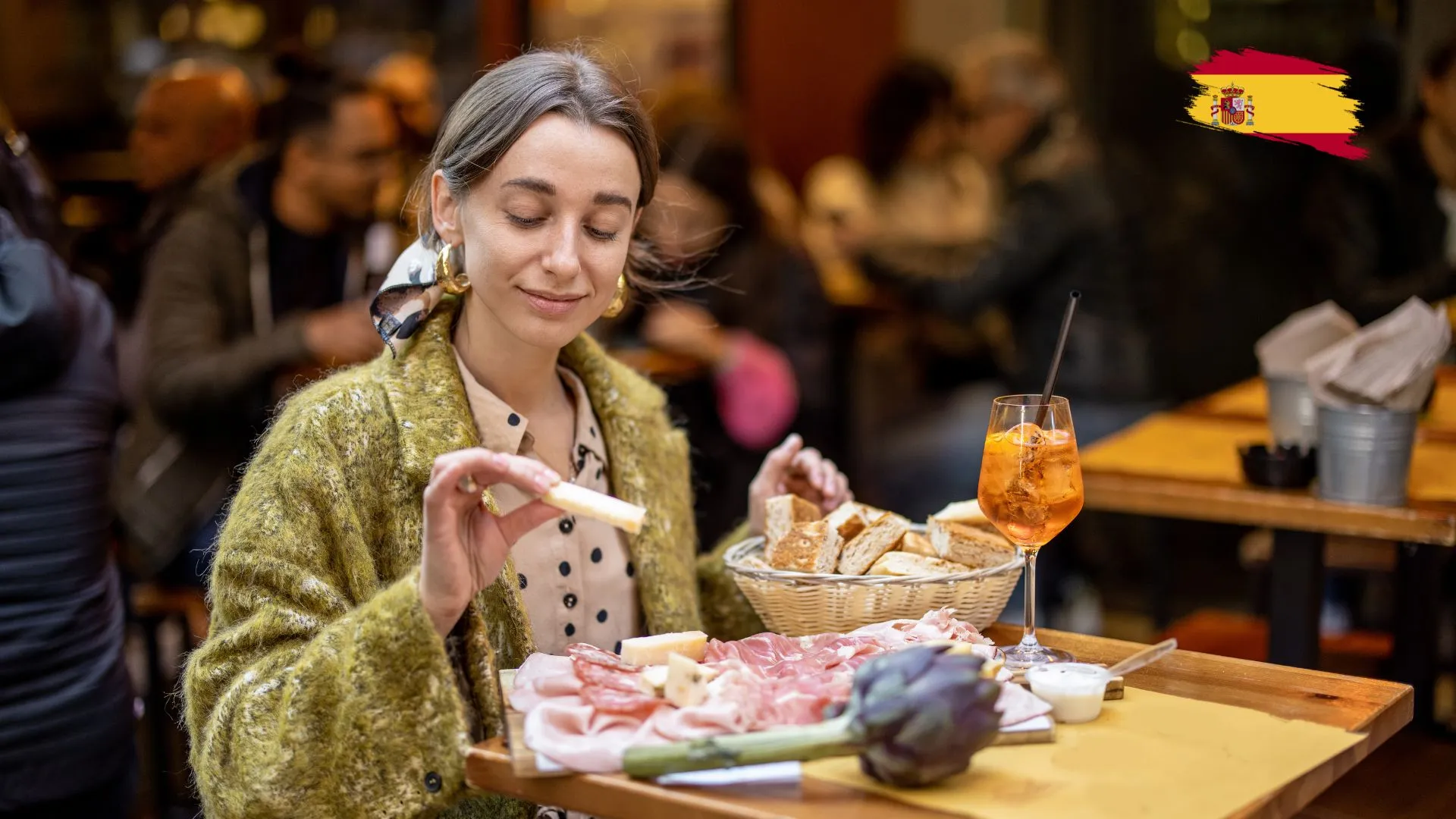
Spanish cured meats, such as jamón ibérico, chorizo, and salchichón, are a testament to the art of charcuterie. Jamón ibérico, made from the acorn-fed Iberian pig, is celebrated for its complex and rich flavours. Spanish cheeses like Manchego, Tetilla, and Cabrales offer a delightful range of textures and tastes, often paired with local wines.
Savoury Stews: Comfort Food with Character:
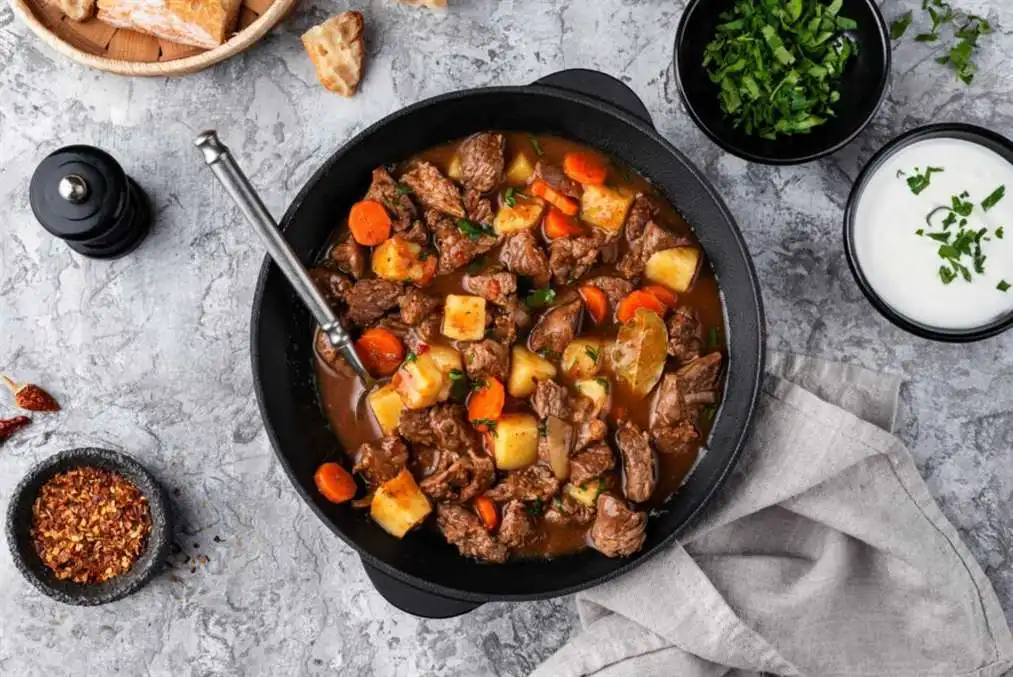
Spanish stews, or guisos, are hearty and flavorful, often prepared in large pots and simmered for hours. Fabada Asturiana, a hearty bean stew from Asturias, is a favourite cold-weather comfort food. Cochinillo asado, a roasted suckling pig, is another culinary speciality, with Segovia being particularly famous for its version.
The Allure of Spanish Rice:

Beyond paella, rice plays a prominent role in many Spanish dishes. Arroz con pollo, a saffron-infused rice with chicken, is a classic comfort food. Arroz negro, made with squid ink, creates a striking black dish with a distinct seafood flavour. Rice dishes vary from region to region, showcasing the diversity of Spanish cuisine.
Influence of the Moorish Legacy:
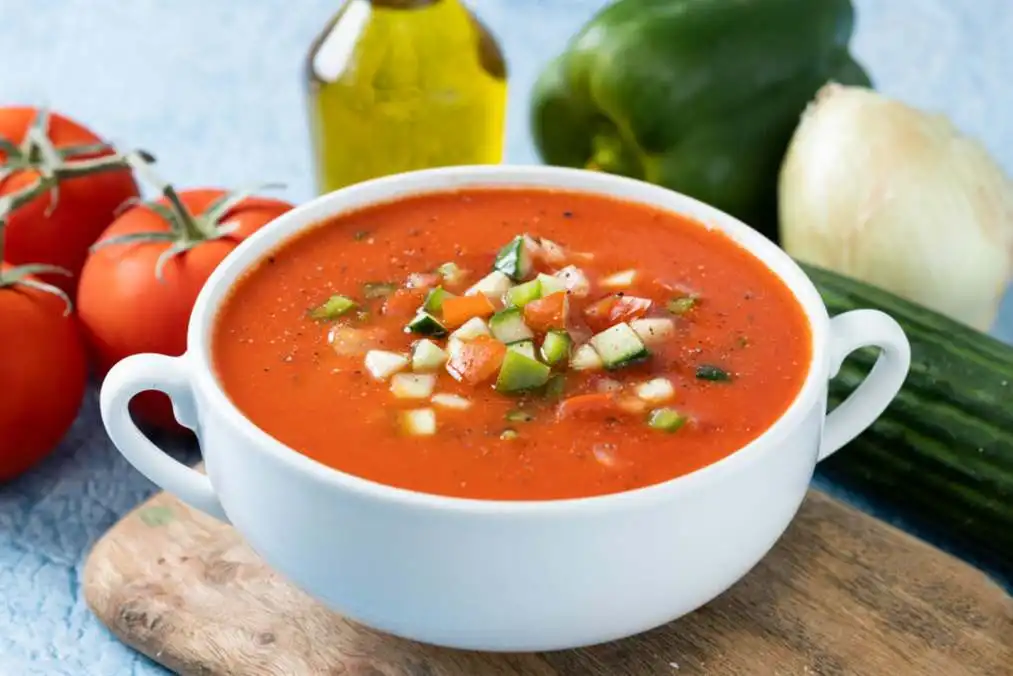
The Moors, who ruled over the Iberian Peninsula for centuries, left an indelible mark on Spanish cuisine. Their culinary legacy includes ingredients like almonds, saffron, and spices, as well as cooking techniques such as frying. Dishes like gazpacho, a cold tomato and vegetable soup, and almendras garrapiñadas, sugar-coated almonds, reflect the Moorish influence.
The World of Wine:

Spain is renowned for its wine production, with vineyards in regions like Rioja, Priorat, and Ribera del Duero consistently producing top-quality red wines. Spanish wines range from the well-known Tempranillo to the fortified sherry wines of Jerez. Pairing wine with food is an art in Spain, and vino de mesa (table wine) is often served alongside meals.
Sweets and Desserts: A Sweet Finale:

Spanish desserts provide a delightful conclusion to a meal. Churros, often enjoyed with hot chocolate, are a beloved breakfast treat or late-night indulgence. Turrón, a nougat confection made with almonds and honey, is a holiday favourite. Flan, a caramel custard, and crema catalana, a custard dessert with a caramelized sugar topping, are just a few examples of Spain’s sweet temptations.
Saffron: The Spice of Spain:
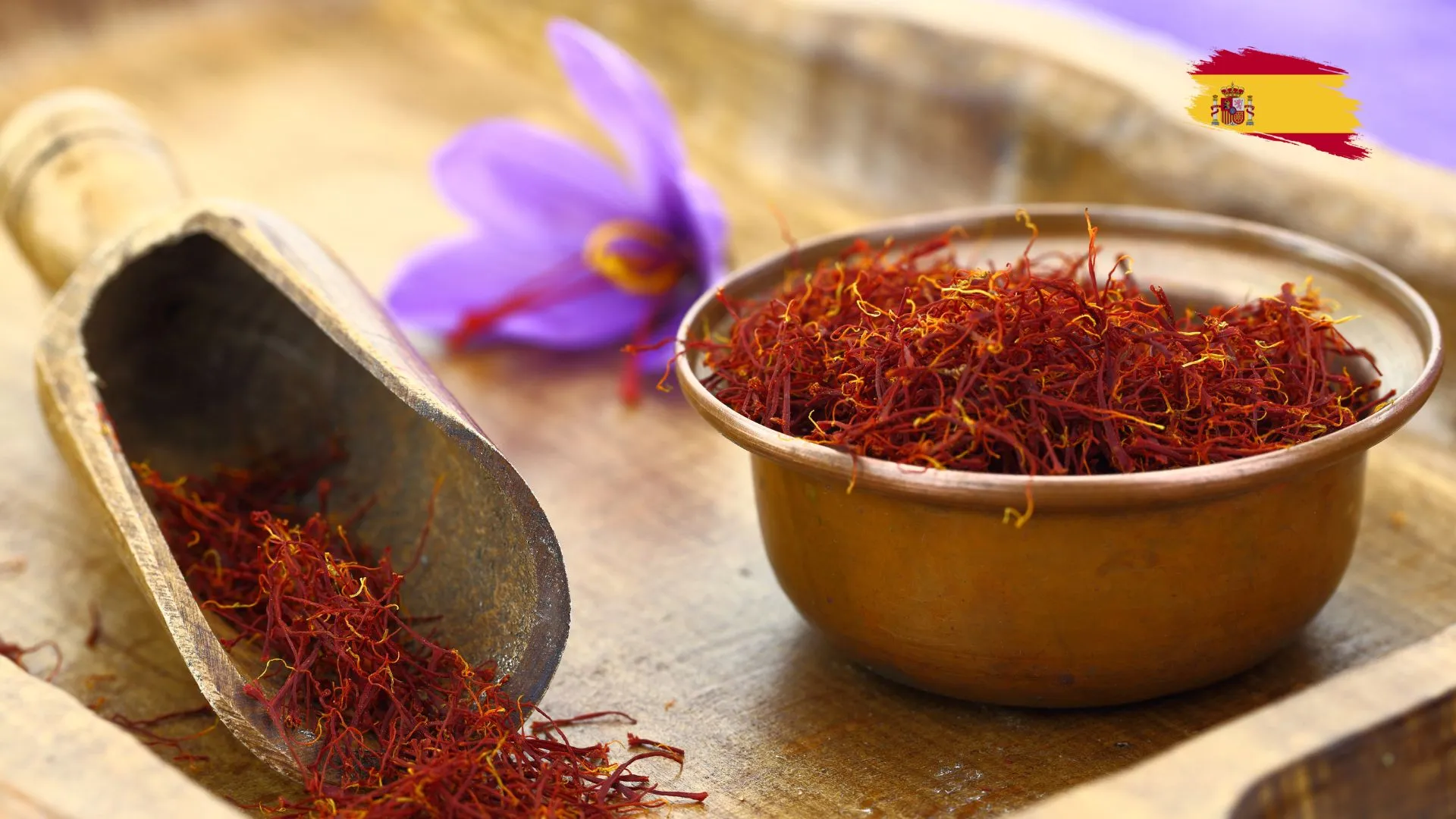
Saffron, often referred to as “red gold,” is an essential spice in Spanish cuisine. It infuses dishes with a distinctive flavour and imparts a golden hue to paella and other rice-based creations. Spain is one of the world’s largest saffron producers, and its saffron is highly sought after for its quality and depth of flavour.
Festivals and Culinary Celebrations:
Spain is a country that loves to celebrate, and many of its festivals are centred around food. La Tomatina, the famous tomato-throwing festival in Buñol, is a unique and playful event. La Feria de Abril in Seville is a lively celebration featuring traditional music, dance, and regional dishes. La Fiesta de San Fermín in Pamplona, known for the Running of the Bulls, is also a vibrant fiesta filled with music, dance, and food.
Conclusion:
Spanish cuisine is a harmonious blend of history, culture, and regional diversity. It is a reflection of the country’s rich culinary traditions, influenced by a range of cultures and ingredients. Whether you’re savouring the paella in Valencia, the tapas in Barcelona, or the churros in Madrid, Spanish cuisine is an exploration of flavours that are both comforting and thrilling. It is a culinary journey that invites all who partake to experience the heart and soul of Spain.
More information and reviews:
- stock.adobe.com – Variety of aperitifs Croissant sandwiches with jamon ham serrano paleta iberica – By Надія Коваль Link here
- stock.adobe.com – Olive oil in vintage bottles – By fahrwasser Link here
- stock.adobe.com – selection of spanish tapas with olive, patatas bravas,calamari,mussel and paella – By M.studio Link here
- flickr.com – Homemade Paella with lots of seafood – By fee_nl – Link here
- youtube.com – Mediterranean Seafood Stew – Zarzuela de Pescado- By Spain on a Fork Link here
- flickr.com – Cured Meats and Cheeses – By Shelby L. Bell – Link here
- freepik.com – Free photo delicious goulash ready for dinner – By @freepik – Link here
- flickr.com – arroz con pollo – By Kyopia – Link here


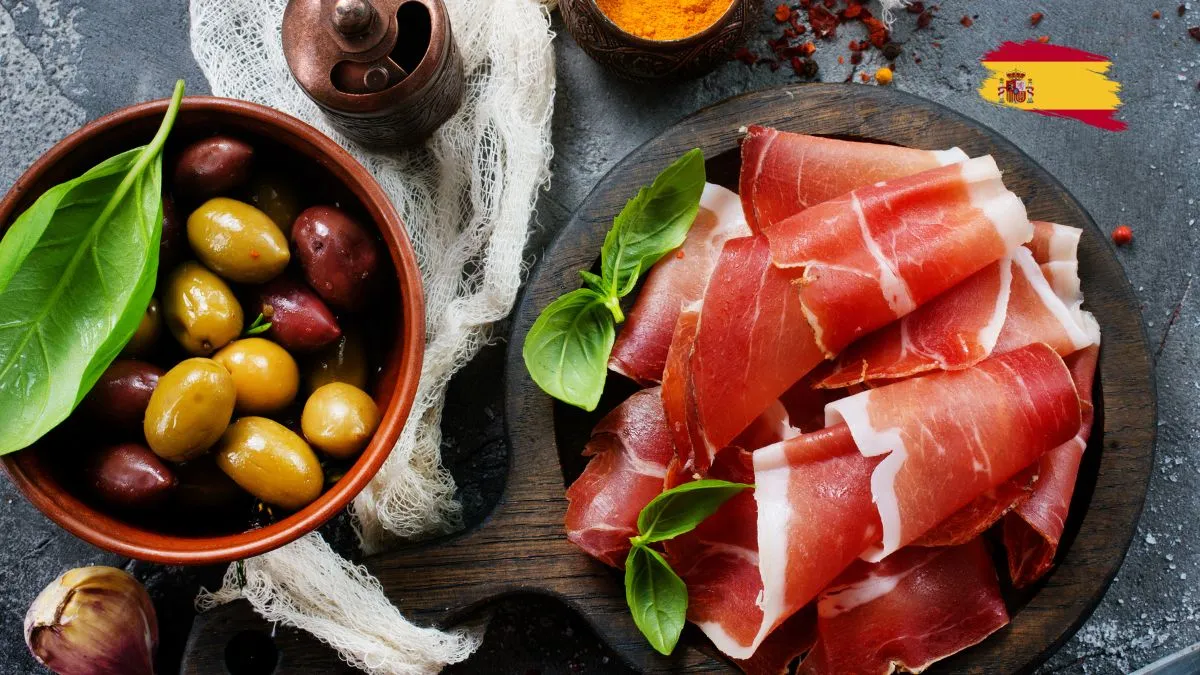










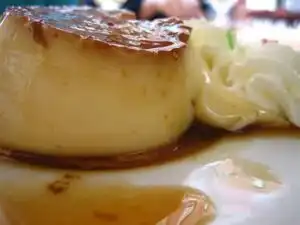
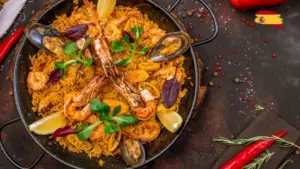
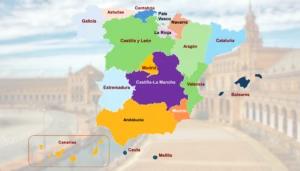




















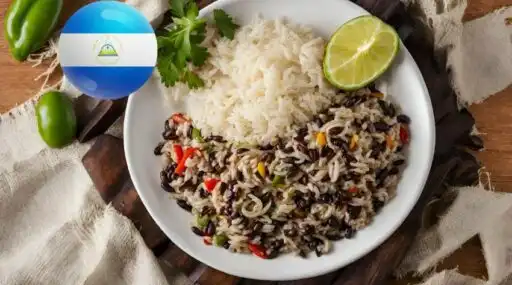








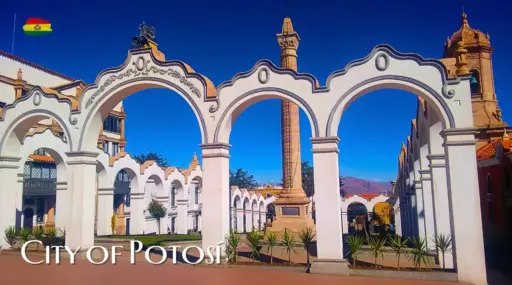

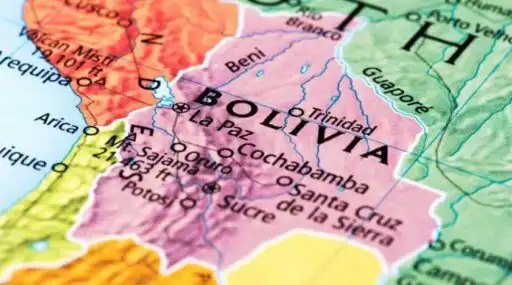
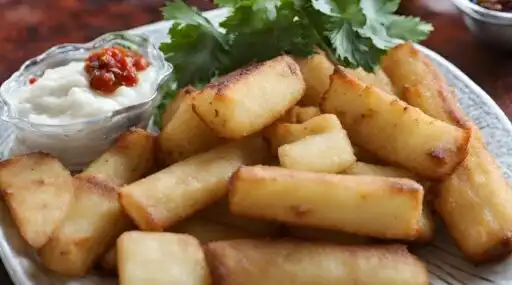
Leave a Reply